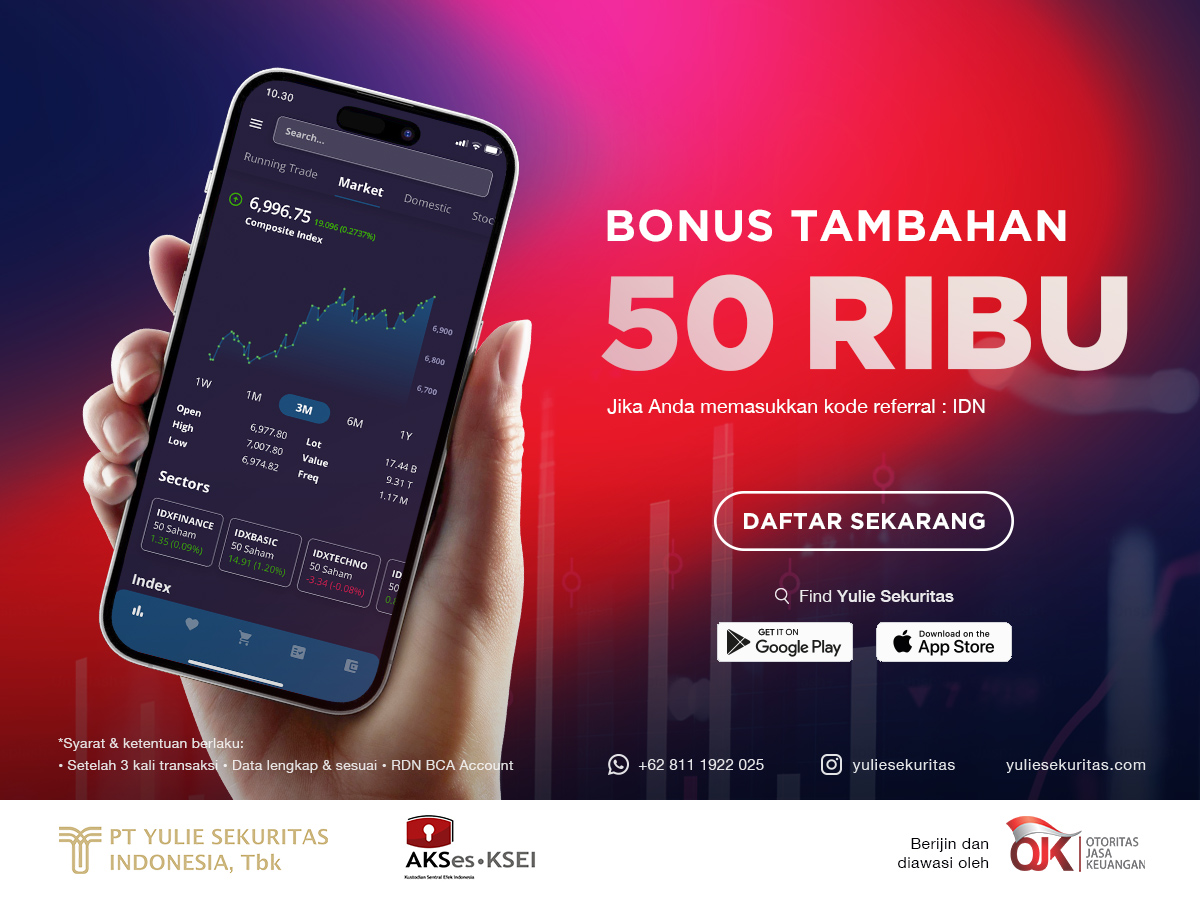Internationally acclaimed, the Banker names BRI as no. 1 bank in Indonesia

JAKARTA – The brilliant performance of PT Bank Rakyat Indonesia (Persero) Tbk (BBRI) once again manages to earn appreciation from the international scene. An infamous financial and economy media headquartered in London, the Banker, has named BRI as the best bank in Indonesia in their Top 1000 World Banks 2023 list, published July 5, 2023.
Globally, the Banker, a credible source of banking information since 1926, has placed BRI at the 109th position in the Top 1000 World Banks 2023, the highest rank for Indonesian banks.
In its official website, the Banker claims that the ranking of Top 1000 World Banks 2023 refers to the 2022 performance. The criteria include balance sheet, income statement, and capital adequacy.
Regarding this achievement, President Director of BRI, Sunarso, said that BRI has managed to maintain a positive performance and continue to grow amidst challenging economic conditions due to COVID-19 pandemic. This achievement, he said, indicates how BRI is able to give meaning to all stakeholders through economic and social value.
“We are thankful towards the Banker for evaluating our performance objectively, in a credible fashion, and transparently. It proves that BRI has been success and able to consistently allow its performance’ fundamental aspects to grow in a healthy, solid, and sustainable way. Lastly, I believe this achievement is made possible through the hard work of all Insan BRIlian (employees of BRI), who have given their best contributions. It will also give us the boost to keep delivering economic and social value to all stakeholders,” Sunarso explained. He also dedicates this milestone to all MSME players in Indonesia, which have become BRI’s core business, as well as the backbone of our economy.
In its official website, the Banker said that based on the analysis, 2022 is a generally challenging year for the global banking industry. Central banks around the world have tightened their fiscal policies after a decade full of low to negative interest rate as a response towards many turbulences. The problems include the rebound of aggregated demands since COVID-19, supply chain disruption, Ukraine-Russia war, and soaring inflation.
The high interest rate is usually positively correlated to the bank’s profitability. The recent improved rate indeed has put banks in advantage, but it also put a strain in their balance sheets.
There are also advanced risks in regard to inflation and economic instability in various markets. The base assumption is how the global gross domestic product shrinks from 3.4% in 2022 to 2.8% in 2023, as stated by International Monetary Fund (IMF). The economic growth is predicted to slow down from 2.7% in 2022 to 1.3% in 2023.
The Banker said that given more competitive business environment, the credit growth is also projected to remain low as banks are believed to remain cautious in granting loans, especially to industries vulnerable towards economic decline. The wavering economy and high interest rate policy will also add into the pressure of credit demands. (BRI/ZH)

